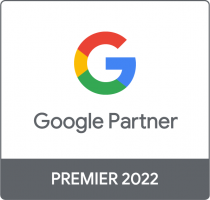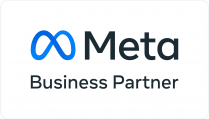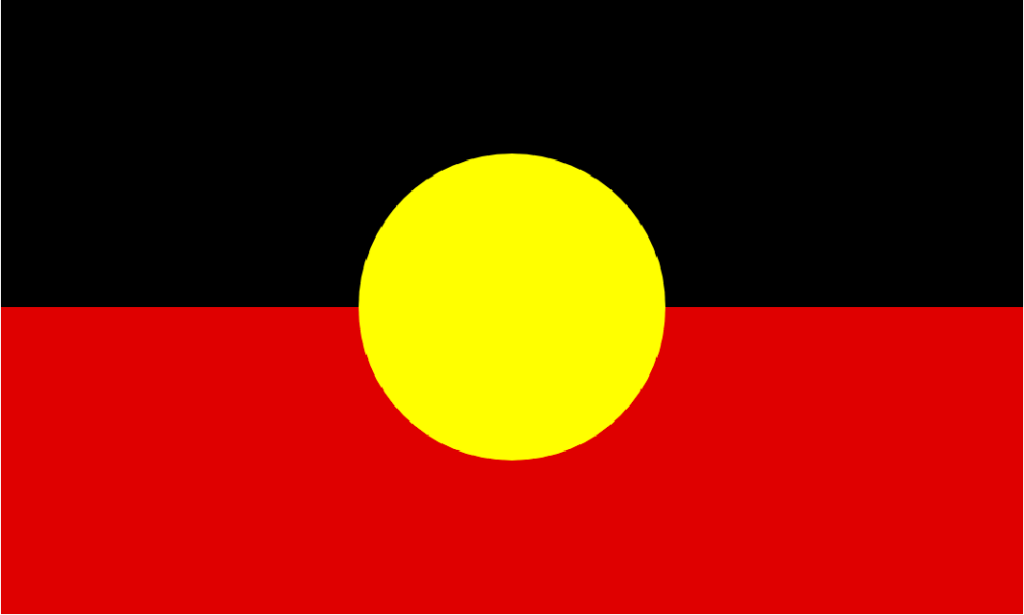We’re here to make sure you don’t get your CTR mixed up with your AOV and make a F-O-O-L out of yourself. Google ads can be confusing at the best of times not to mention navigating all the jargon that comes along with it. Whether you’re stuck at a crossroads or completely lost off the map, this Google Glossary will hopefully help you navigate the wonderful world of Google Ads.
- AOV (average order value): The average dollar amount a customer spends on a site. AOV is calculated by dividing the total revenue by the number of orders.
- Ad group: An ad group contains one or more ads and your targeting. A good ad group set up has a unique set of Ad messages that directly match your targeting.
- Ad: The creative (text, image, video.etc)
- Budget: The total amount of money allocated to an ad campaign.
- CLV (customer lifetime value): The predicted total value of a single customer (sometimes called LTV) for the entirety of their relationship with a company, including future purchases.
- CPC (cost per click): The ad buyer’s cost per click. CPC can be as low as a few cents or as high as a few hundred dollars, depending on competition, your industry, and audience relevance.
- CPM (cost-per-thousand impressions): The ad buyers cost to have their ads seen 1,000 times.
- CTR (click-through rate): The percentage of users who clicked on your ad out of the total number of impressions it received. Your click- through rate is the most significant signal of relevancy in Google’s search auctions.
- Campaign: A campaign contains a single advertising objective, such as traffic or conversions, for one or more ad groups. Budgeting is done at the campaign level and if you expect certain things within a campaign will perform differently (better or worse) that’s a good indication it should be a separate campaign.
- Clicks: The number of times your ad was clicked on by a user.
- Conversion rate: The number of conversions divided by the number of clicks expressed as a percentage.
- Conversion: The specific goal you are tracking (a sale, a view of a high -value page, an email sign-up, etc.).
- Cost per conversion:The ad buyers cost per purchase, order, acquired customer, or another conversion goal you set.
- Cost: The amount of money a campaign spends on paid advertising.
- Impressions: The number of times an ad is viewed.
- Keyword match type: Keyword match type involves controlling how broad or exact the Chosen keyword (synonyms, related searches, etc.)
- Keyword: The phrase or word(s) a user enters into the search engine.
- Negative keywords: If you want to prevent your ad from being triggered by a certain word or phrase you would add it to your negative keywords list. This helps you exclude similar but irrelevant keywords (e.g. apple cider from Apple the brand).
- Profit: The total value, in dollars generated by an ad after subtracting expenses such as advertising costs and cost of goods.
- Quality score: The relevancy of an ad to the search term or audience being targeted. Generally, the higher the quality score, the lower the cost per click and the better the ad position.
- ROAS (return on ad spend): Revenue generated from an ad divided by the advertising cost to show the return of that ad. For example, $5 made for every $1 spent yields a ROAS of 5:1.
- Revenue: The total value, in dollars, generated by an ad.
Search Term: Is the word or set of words a customer enters when searching online.
Want to chat to the WebSavvy team about how Google Ads could help your business grow?
Send us a message!








